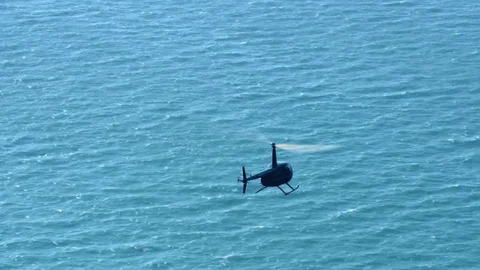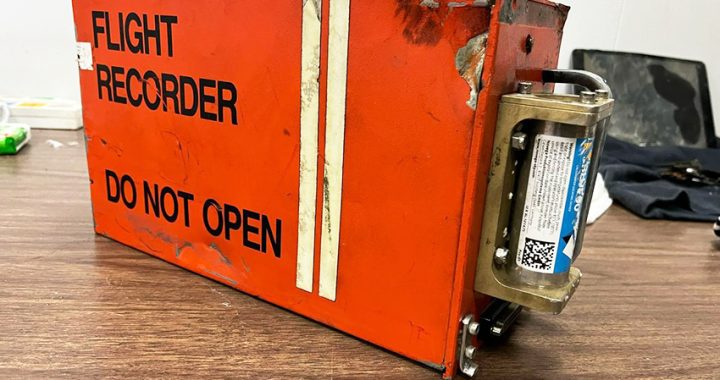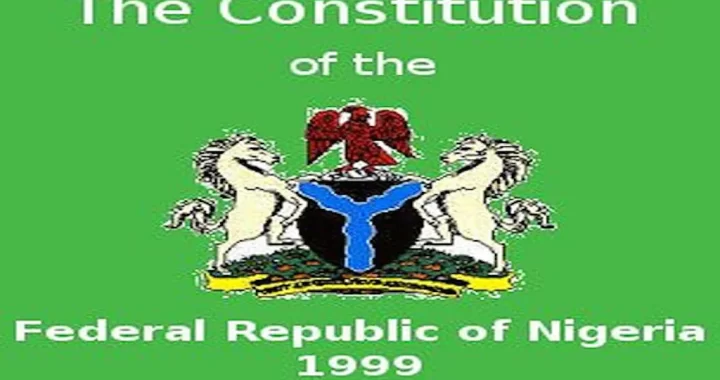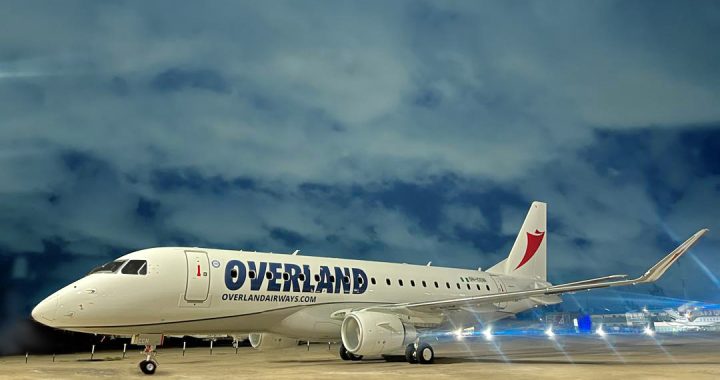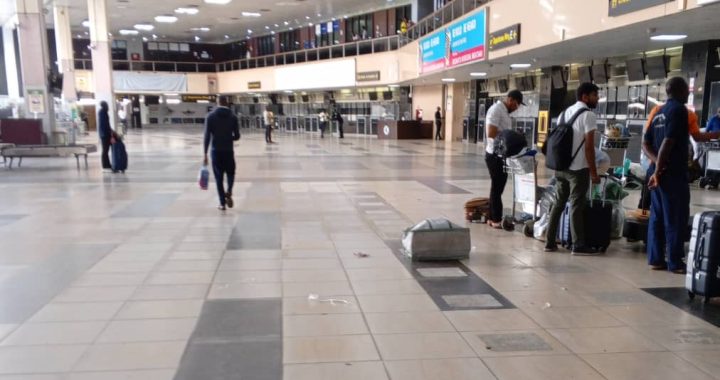Dana’s Freaky Incident Unwittingly Lay Bare Impressive Standard Prevailing In Nigeria’s Aviation
5 min read
Mr Festus Egwarewa Adeniyi Keyamo, SAN, Minister of Aviation & Aerospace Development, issued the directive to ground, and audit Dana Airline
No thanks to the Dana aircraft nose landing at the Murtala Mohammed International Airport, MMIA, on that fateful Tuesday, the penultimate Tuesday morning in April 2024.
And thanks to the leadership of the Nigeria Safety Investigation Bureau, NSIB, whose preliminary investigation report, recently released, and in good time, has laid bare the prevailing operating standard in the entire processes, procedures, and among the institutions concerned with safe, secured, economic, and reliable air transport operations by which aviation thrives, in any clime.
Although the preliminary report officially released highlighted findings on what transpired shortly before, and during the Dana Airline Aircraft, an MD82 with registration marks, 5N-BKI, which was involved in a serious incident on Runway 18left, at the MURTALA MOHAMMED INTERNATIONAL AIRPORT, LAGOS, ON 23rd APRIL 2024.
Succinctly put, the preliminary report gives a clean bill of health to Dana Airline as an organization that fulfilled all righteousness as enunciated in the Nigeria Civil Aviation Regulations Vol111, of 2022, NCAR 2022.
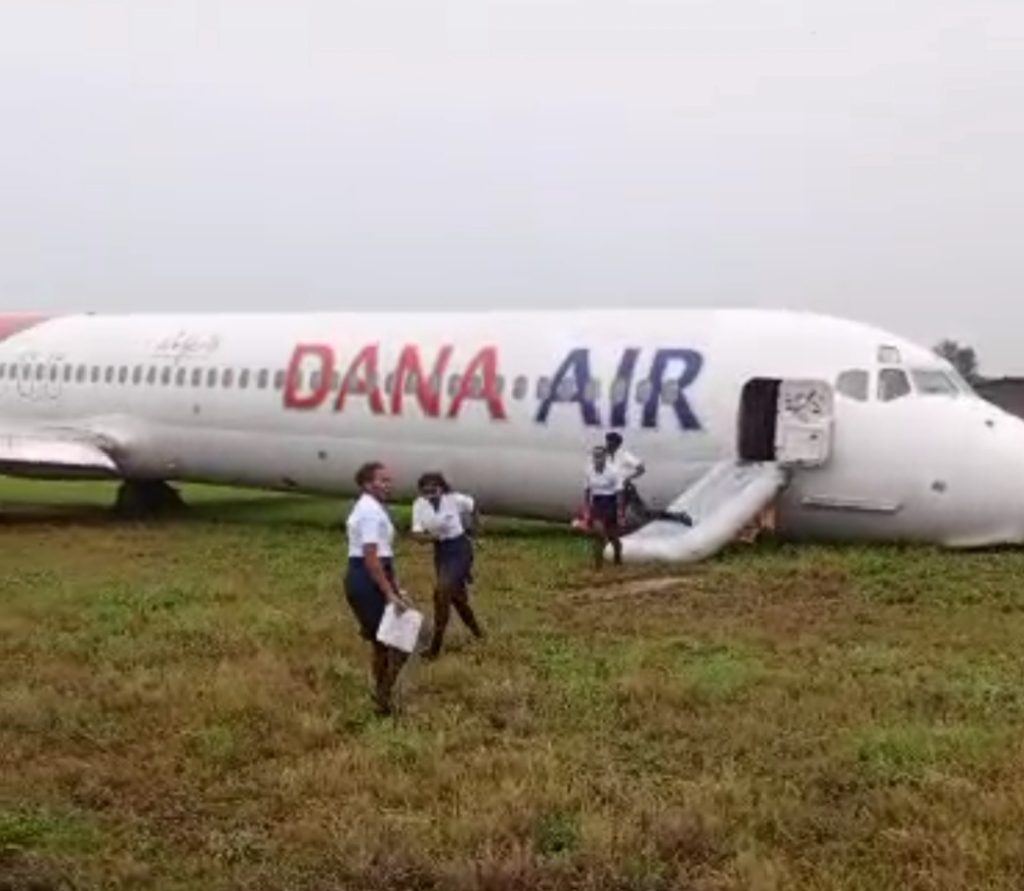
In the same vein, the preliminary report reveals how efficient our aviation agencies are, from the airport managers to air traffic controllers to aeronautic information service providers, and to the aerodrome emergency fire rescue team, among others.
According to the investigation by NSIB, all the personnel of Dana Airline, that operated that flight have also been found irreprehensible. Also, the equipment was found to be airworthy. And by extension, the airline management also deserves a garland.
Unlike what obtains in other airlines where the cockpit voice recorder was consistently overwritten, this was not the case with Dana’s Cockpit Voice Recorder, CVR, and the Flight Data Recorder, FDR.
The airmanship of the flight crew, especially the cockpit crew in managing the unforeseen challenge that occurred with the refusal of the landing gear to comply with command, and how the crew overcame shenanigans the nose wheel played on them, and the air traffic controller, was commendable.
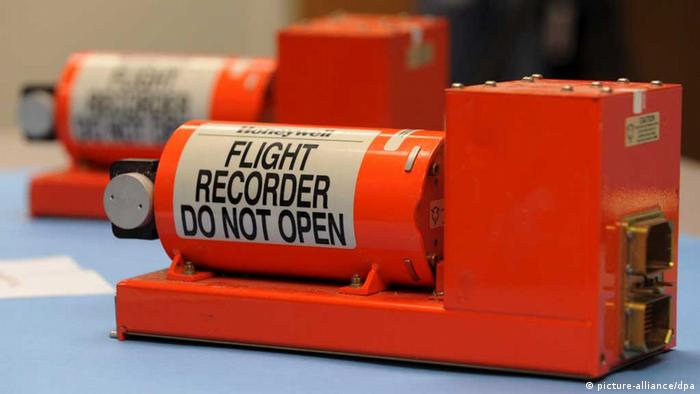
THE CRUX OF THE LIFE-THREATENING BUT SURVIVABLE INCIDENT
After the Pilot-in-Command, PIC, which was the First Officer, while the Captain was the Pilot Monitoring started the landing procedures after calling the tower, the Nose Landing Gear, NLG, indication light showed RED
NSIB narrative based on investigation thus enunciated, “The crew stated that they did a LOW PASS over the station during the Go-Around and requested Air Traffic Control, ATC, to check if the Nose Landing Gear was extended. ATC responded, “It appears to be down.” This response poses a red flag for ATC.
However, NSIB quoting an excerpt from the interview with the crew revealed thus, “Nose Landing Gear area, which remained extended until 80 kts before it collapsed during the Landing Roll”. This comment alluded that the landing gear extended from its well for the landing.
NSIB found out that, “The Ground Spoilers did not deploy automatically” not until the aircraft halted. The depth of anxiety among the passengers and crew can better be imagined.
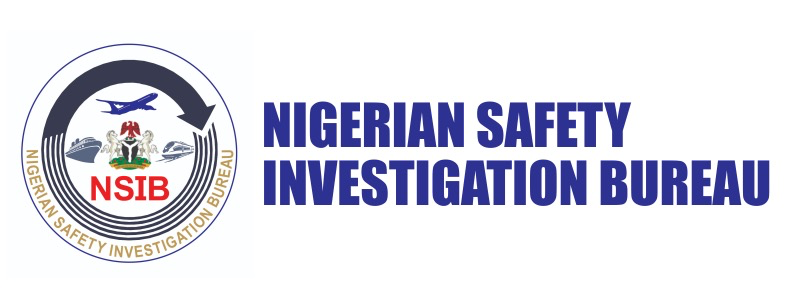
However, in what looked like divine providence, the aircraft shortly at touchdown on the asphaltic runway, lost directional control, veered off to the left of the runway centre line, and exited the runway at about 2,094 m from the threshold.
The roll reportedly continued “on the grass verge, the aircraft crossed the paved Link 6, and came to a stop at about 2,343 meters from the threshold of runway 18L, about 36 meters from the runway centerline”. One can imagine the amount of sparks and their severity if the roll had continued on the asphaltic runway and not on the grassy land by the side of the runway.
AVIATION AGENCIES TOP-NOTCHED SERVICE DELIVERY
FAAN
The incident was brought to the attention of the NSIB by the airport managers, Federal Airports Authority of Nigeria, FAAN.
FAAN was found to have entrenched top-notched maintenance of the two parallel runways at the Murtala Muhammed International Airport (MMIA), Ikeja Lagos.
No object of obstruction on the runway, even the grasses on the verge of the runway were also properly kempt which helped prevent object collision.
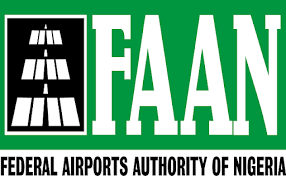
At MMIA, Ikeja, Lagos, the runway, RWY, 18Left/36Right, is 9,006 feet, about 2,745 meters long. And RWY 18Right/36Left, is 12,795 feet, about 3,900 meters long. They are located at an elevation of 135 feet and have a coordinate of N06° 34’43.1298″ E03° 19′.12′.
NAMA
The Nigeria Airspace Management Agency, NAMA, maintained top-notched navigational aids, NAVAIDS, at the Murtala Mohammed International Airport, MMIA. The NAVAIDS found in excellent condition are the two VORs and one NDB station in MMIA, Lagos.
One is aligned with the centerline of RWY 18L, with the band 113.7 MHz LAG. NDB is also available on this runway (336 MHz), while the second VOR is aligned with the centerline of RWY 36L (112.9 MHz. The
investigation also established that a very high fidelity in communication occurred between the cockpit crew and the Air Traffic Controller.
Also in excellent service condition are two ILS/DME installed on RWY 18L (110.3 MHz ILA) and 18R (108.1 MHz ILB), respectively. The runway surfaces are asphaltic coated. The ICAO-designated Code is DNMM.
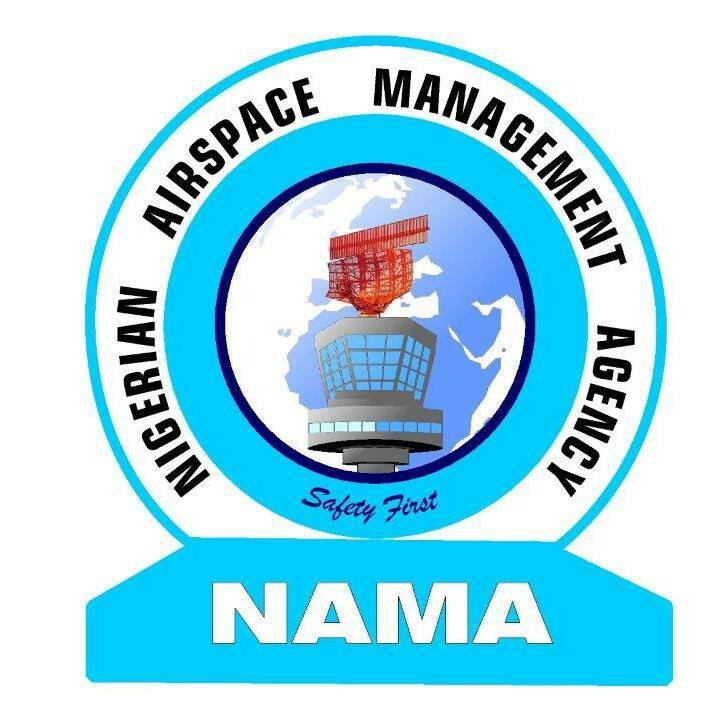
Another safety critical equipment in excellent serviceable condition was the Localiser. Its a component unit of the instrument landing system, ILS, and was in perfect condition. The localiser enabled the pilot through the localizer antenna to align the aircraft horizontally with the center line of the runway. The antenna is positioned on the end of the runway. Alignment to the centerline the pilot achieved before the headwind ensued.
Stakeholders and the general public are looking forward to the final report especially the usually impeccable safety recommendations that usually emanate from the 4th best multimodal accident investigation agency in the world, the Nigeria Safety Investigation Bureau, NSIB.
THE SNAGS
At the point of the flight when the pilot needed the exact, and accurate answer to his probing question for a guide in making prompt and difficult decision by “requesting ATC to check if the Nose Landing Gear, NLG, was extended”. No doubt the response would be critical to a safe landing. But the Air Traffic Controller response was ambiguous, foggy, and very opaque. The ATC was reported to have responded, “It appears to be down.” No doubt a gap is obvious at this juncture
Also, the preliminary report latched on to this ambiguous response when the investigator reported thus, “thrust Reversers were deployed, and the nose of the aircraft was lowered. At this point, the crew stated that severe vibration was accompanied by a loud noise from the NLG area. On reaching 80 knots, the Captain noticed the collapse of the NLG, followed by a loss of directional control. The final report must clear this grey area.

Succinctly put, It is hoped that the final report will rescue industry watchers and stakeholders in the throes of all manners of conjectures as to what truthfully happened in that missing link and of which the report presented an ambiguity.
By the modest revelation from this preliminary report, one may not be totally correct to dismiss with the wave of the hand that the last administration did nothing. The NSIB report provides eloquent testimony that Nigeria is not bereft of infrastructure to achieve excellence in air transport.
![]()

